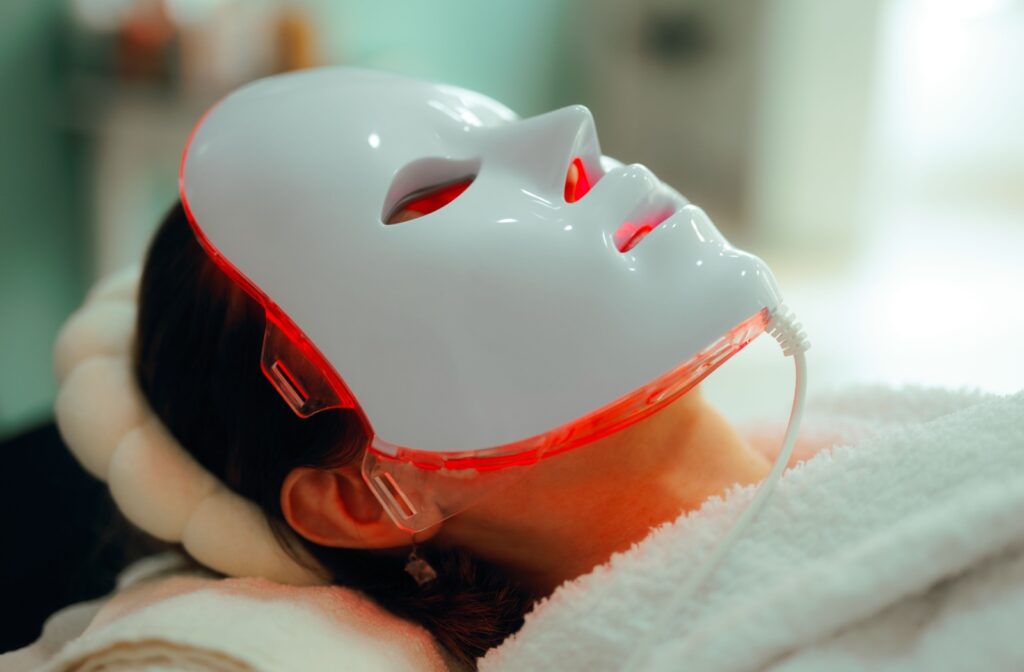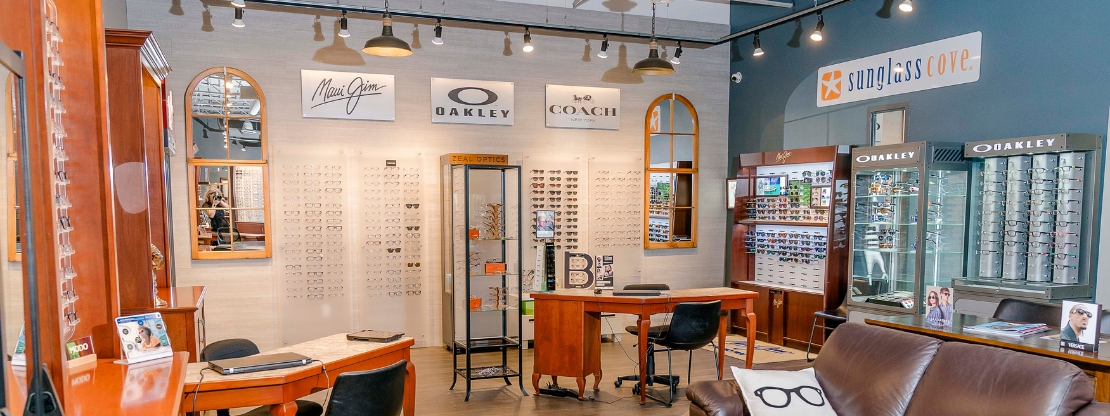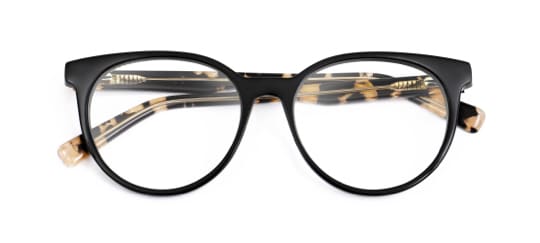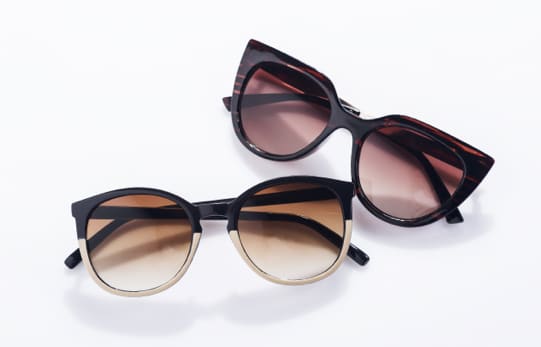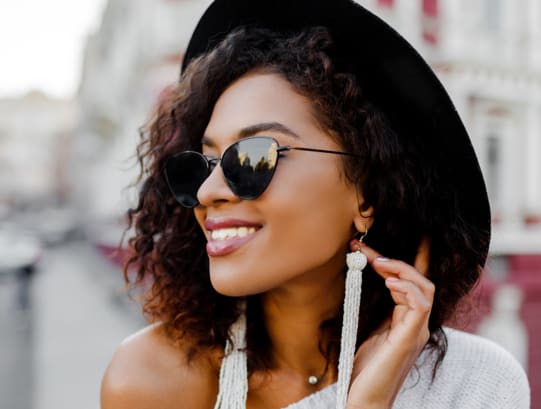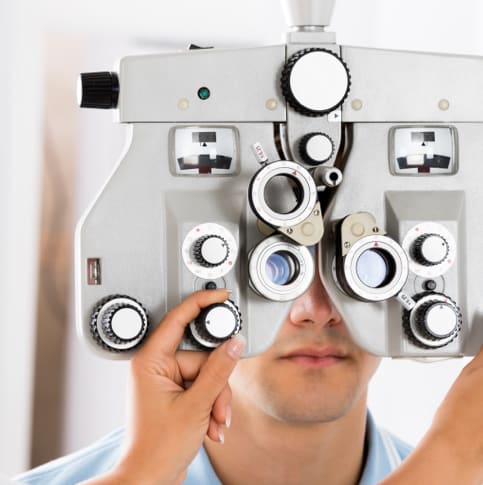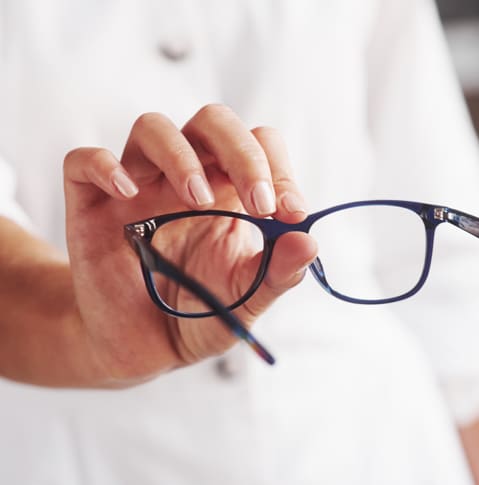As at-home red light therapy devices become more popular for skincare and wellness, many people are asking the same question: Is red light bad for your eyes? These devices are marketed for improving skin tone, reducing fine lines, or promoting relaxation, but since treatments are often used on the face, exposure near the eyes is almost unavoidable.
Red light is not generally harmful to the eyes, but direct or prolonged exposure, especially without protective eyewear, can cause discomfort, so safe use and precautions are recommended. Understanding how red light interacts with the eyes, what current research says, and whether protective eyewear is recommended can help users make informed choices about using these treatments safely.
What Is Red Light Therapy?
Red light therapy uses wavelengths of visible red light, usually in the range of 600 to 700 nanometers, to penetrate the skin at a shallow level. At-home devices often deliver this light through LED panels, handheld tools, or wearable masks designed for skincare. Because the therapy is non-invasive and relatively gentle compared to ultraviolet or laser treatments, it has gained popularity as a self-care option.
However, while it may offer benefits for the skin, using red light near the eyes raises valid concerns. Unlike a spa or clinic where treatments are supervised, at-home use often lacks professional guidance, increasing the importance of understanding safe practices.
What Research Says About Red Light & Eye Health
Research into red light exposure and its impact on the eyes is still developing. Some studies suggest that certain wavelengths of red and near-infrared light may actually support aspects of eye function in older adults, including improvements in colour contrast sensitivity. Other trials have explored its potential role in managing dry eye disease, with some participants reporting reduced irritation after therapy sessions.
That said, the majority of available studies are small and short-term. More research is needed to fully understand long-term effects, particularly when devices are used frequently and at higher intensities. What is clear is that light exposure, of any colour, has the potential to cause discomfort or strain if applied improperly.
Potential Risks of At-Home Use
While there is some evidence that red light therapy can have benefits, the research is still sparse, so we don’t have a lot of evidence about the effects of long-term exposure. It never hurts to stay safe.
Here are some factors to consider:
Eye Strain & Irritation
Looking directly into a bright LED panel or mask can cause discomfort. Users may notice:
- Mild headaches after sessions
- A burning or gritty sensation in the eyes
- Blurred vision that resolves shortly afterwards
- Increased light sensitivity
Device Quality & Intensity
Not all at-home devices are created equal. Lower-cost products may lack consistent light output or safety testing. Common concerns include:
- Uneven light distribution that causes strain
- Excessively high brightness settings
- Lack of clear instructions on safe use
Cumulative Exposure
Even if one session feels comfortable, repeated exposure without protection could lead to issues over time. Since many wellness devices encourage daily use, this is an important consideration.
Do You Need Protective Eyewear?
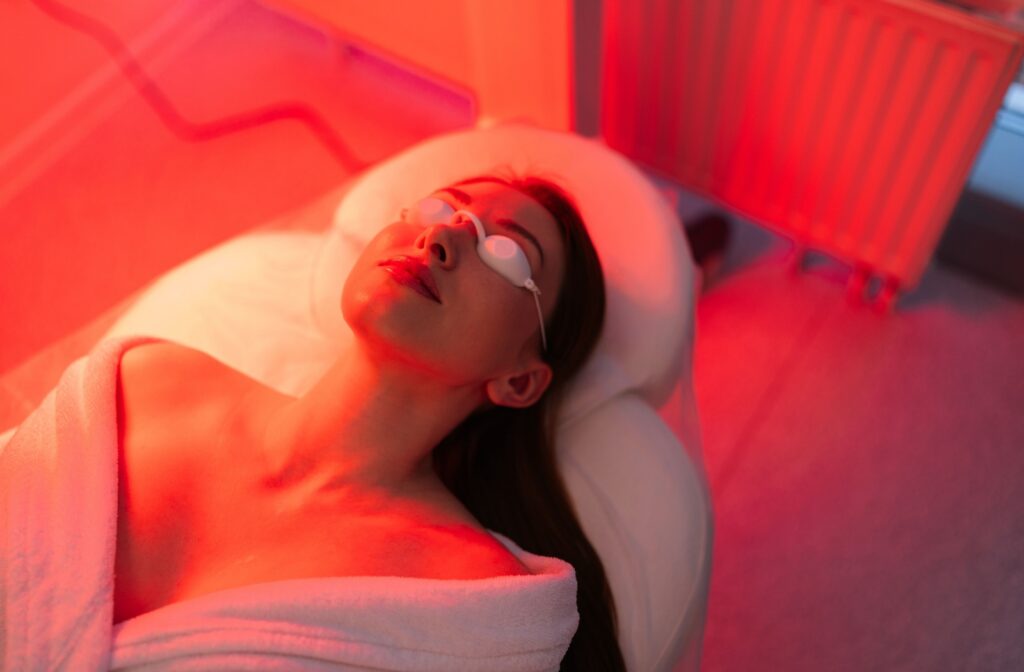
One of the most common questions people have is whether protective goggles are necessary when using red light therapy devices. The answer depends on the design of the device and how it is used.
- Full-face masks: Many manufacturers recommend keeping eyes closed or wearing goggles, since LEDs are positioned close to the eyes.
- Handheld tools: These devices may not require eye protection if they are kept away from the eye area, but caution is still advised.
- LED panels: Because panels often cover a large area, users may be exposed to stray light even when targeting the skin. Goggles can reduce this risk.
When in doubt, wearing protective eyewear is a safe precaution. Clear or lightly tinted goggles designed for light therapy can block direct beams while still allowing a comfortable experience.
How to Use Red Light Therapy Near the Eyes Safely
If you plan to incorporate red light therapy into your self-care routine, a few practical steps can help reduce potential risks:
- Read and follow the manufacturer’s instructions carefully.
- Start with shorter sessions to see how your eyes respond.
- Keep eyes closed during treatments whenever possible.
- Use protective goggles if the device sits close to the face or emits bright light near the eyes.
- Position panels at the recommended distance rather than sitting too close.
- Monitor for signs of irritation such as dryness, fatigue, or lingering sensitivity.
By paying attention to these details, users can enjoy potential skincare benefits while minimizing exposure risks.
When to Consult an Eye Care Professional
It’s important to recognize when discomfort may signal an underlying issue rather than a minor side effect. Seek professional guidance if you notice:
- Persistent blurred vision after therapy sessions
- Ongoing sensitivity to light
- Eye pain that doesn’t improve with rest
- Visual disturbances like halos, glare, or flashes of light
An optometrist can evaluate whether these symptoms are related to red light use, another light source, or a pre-existing eye condition. Consulting a professional is especially important for people with a history of eye disease or those who already rely on corrective eyewear.
The Takeaway
At-home red light therapy is increasingly common, but like any light-based treatment, it comes with considerations for eye safety. While current research suggests that red light exposure is not especially harmful, direct or repeated exposure near the eyes can still cause discomfort. Protective eyewear, careful device use, and professional guidance can all contribute to safer outcomes.
For those looking to incorporate red light therapy into their wellness routine, it’s worth balancing potential benefits with thoughtful precautions. Visit us at Oxford Optometry to receive personalized advice about light-based treatments, protective strategies, and safe ways to support your long-term eye health.


